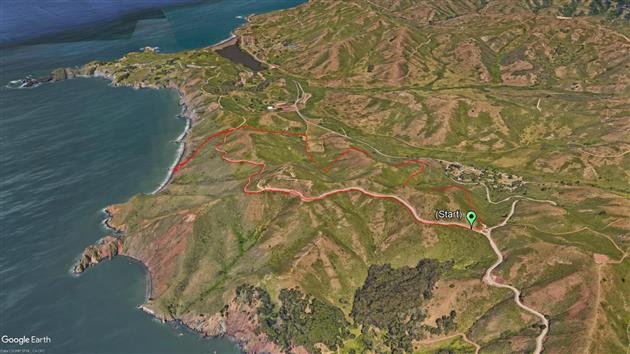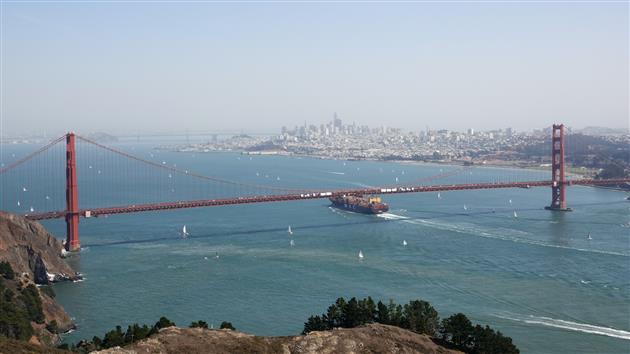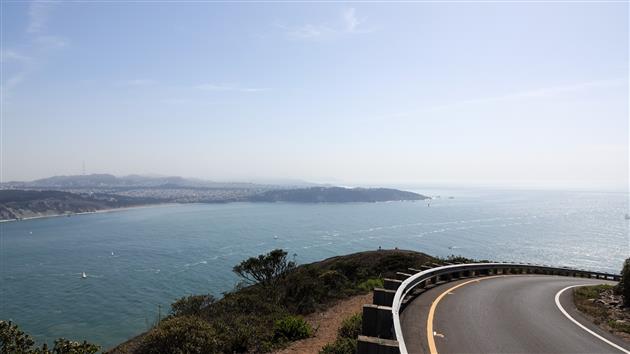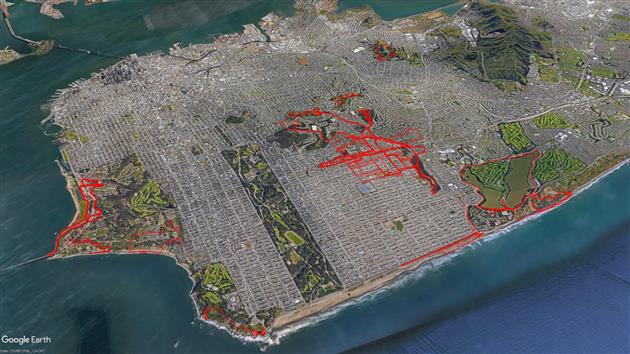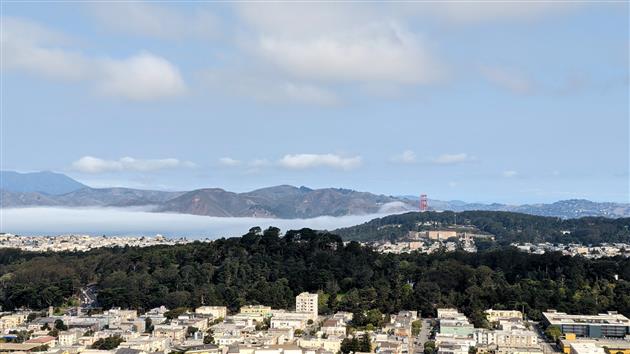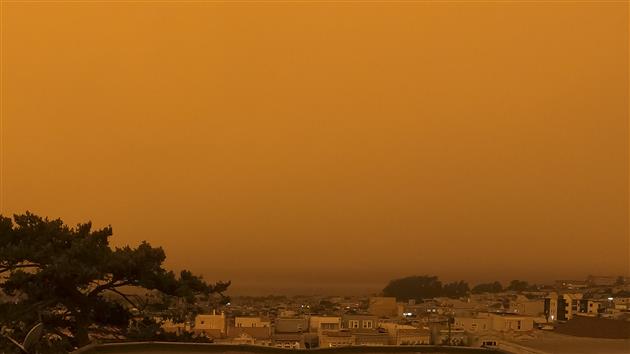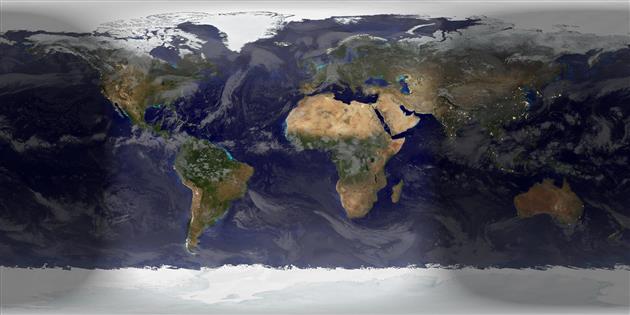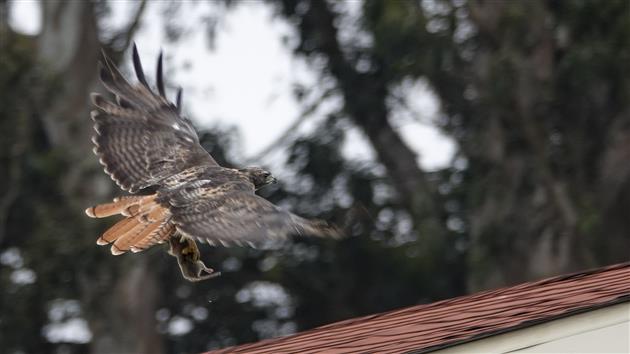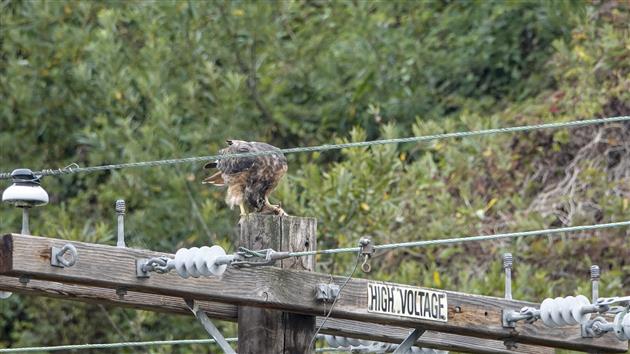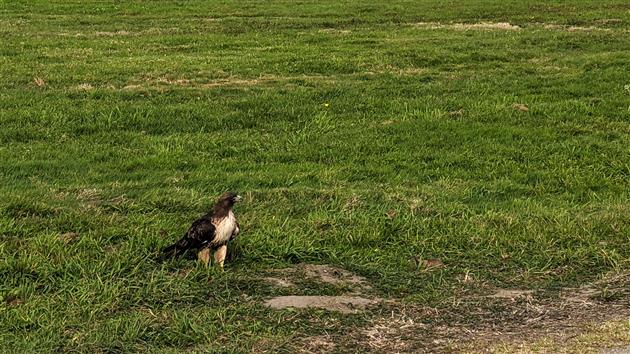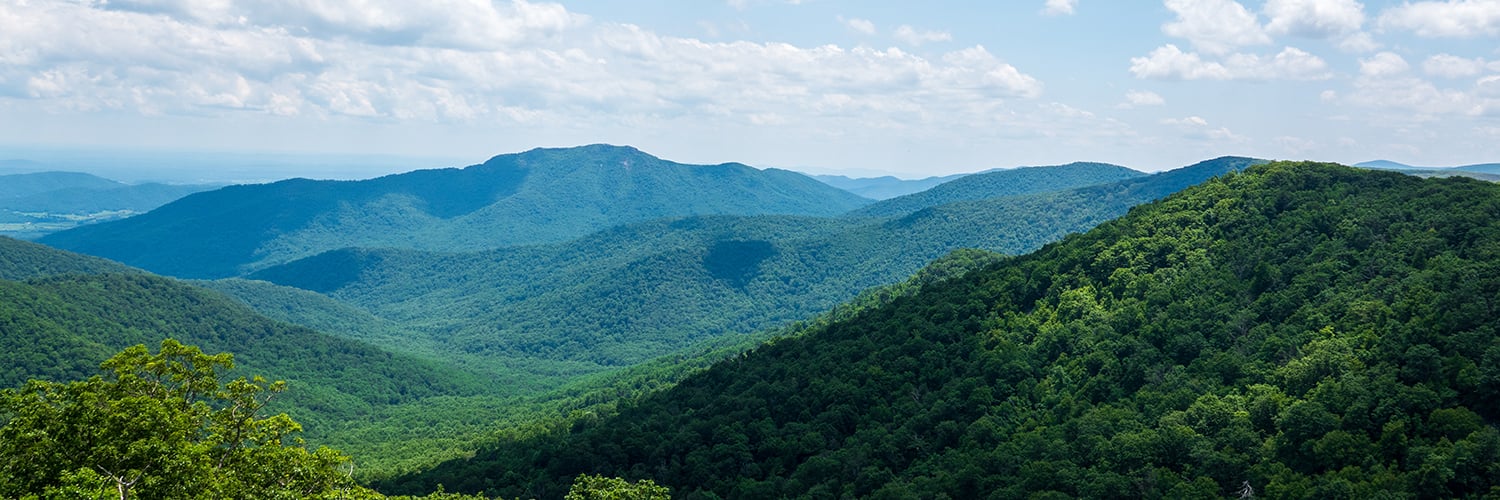San Francisco November 2020 Ballot Measures

I don't like to vote if I can't string together a rationale that I'm willing to post on my blog, so here are my recommendations for the San Francisco November 2020 ballot measures. It's been a tough year for the city. My neighbors are moving somewhere cheaper and less smoky, I see more houses on the market then usual as I walk around. It's hard to know what the next year will bring and to what extent tech jobs will end up shifting out of the bay area as the giants are forced to match work from home policies and smaller companies follow suit. What's clear to me is that we need to stimulate recovery and stop the city from becoming a worse place to live. And beyond that my ultimate dream of just throwing the politicians out if they're doing a lousy job rather than slogging through ballot measures for them. Until that day, here we go:
A: Health and Homelessness, Parks, and Streets Bond
Yes. The problem with homelessness is only getting worse and the construction will create jobs.
B: Department of Sanitation and Streets, Sanitation and Streets Commission, and Public Works Commission
Yes. The streets are a mess, so anything that shakes up the current system seems like it's worth a try.
C: Removing Citizenship Requirements for Members of City Bodies
Yes. Given the huge number of non-citizens paying taxes and otherwise contributing to the city it makes sense to allow them to participate in civic life. I don't support allowing non-citizens to vote but have no objection to them serving on a commission or other city body.
D: Sheriff Oversight
Yes. I really struggle with American policing. We have SF park rangers, community college police, university police, SFPD, sheriffs, highway patrol and other state police. That's without even starting to think about the various federal TLAs and transportation related agencies. Maybe before defunding the police we should first just spend a few years merging most of them and saving on administrative and uniform design costs? Having said all that I find it very hard to vote against more oversight for a department mainly concerned with running jails that organizes fight clubs at those jails. FFS.
E: Police Staffing
Yes. Doesn't seem to make sense to have a specific number of police officers as a requirement.
F: Business Tax Overhaul
Yes. I've never been in love with the payroll tax and moving to gross receipts with a higher exemption helps small business and startups. Seems like a good trade off.
G: Youth Voting in Local Elections
No. 18 is somewhat arbitrary but it's the point at which you take on adult rights and responsibilities.
H: Neighborhood Commercial Districts and City Permitting
Yes. Makes it faster and easier to permit new businesses and sadly we're going to need a lot of that as we recover.
I: Real Estate Transfer Tax
Yes. We need the revenue even if it is uncertain.
J: Parcel Tax for San Francisco Unified School District
Yes. More funding for SFUSD. I voted for this before and it's on the ballot again as only a 50% requirement in 2018 instead of a 2/3rds majority.
K: Affordable Housing Authorization
Yes. A step towards creating more affordable housing.
L: Business Tax Based on Comparison of Top Executive's Pay to Employees' Pay
No. I think this is up to each company. Regulate the floor not the ceiling.
RR: Caltrain Sales Tax
Yes. I don't ride Caltrain often but I love it. My dream is coming back from a meeting on the peninsula in a comfortable top deck seat with a couple of cheap canned Gin and Tonics. We need more public transportation and we need it more than ever.
Related Posts
- San Francisco November 2016 Propositions
- San Francisco November 2022 Ballot Measures
- San Francisco and California March 2024 Ballot Measures
- San Francisco June 2022 Ballot Measures
- San Francisco 2014 Ballot Measures
(Published to the Fediverse as: San Francisco November 2020 Ballot Measures #politics #sanfrancisco #propositions #election Official ITHCWY voter guide to the San Francisco November 2020 Ballot Measures )
